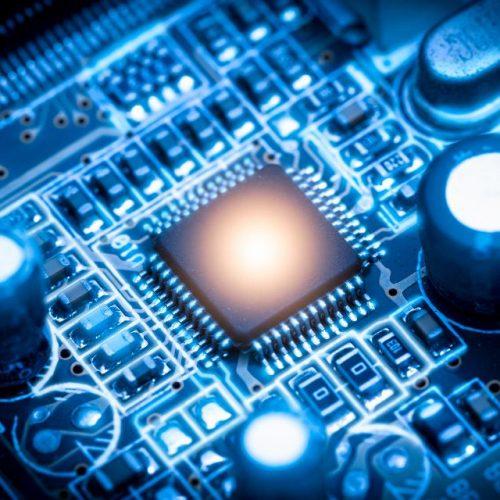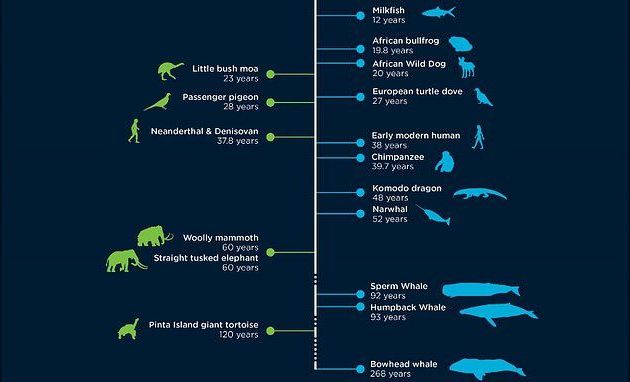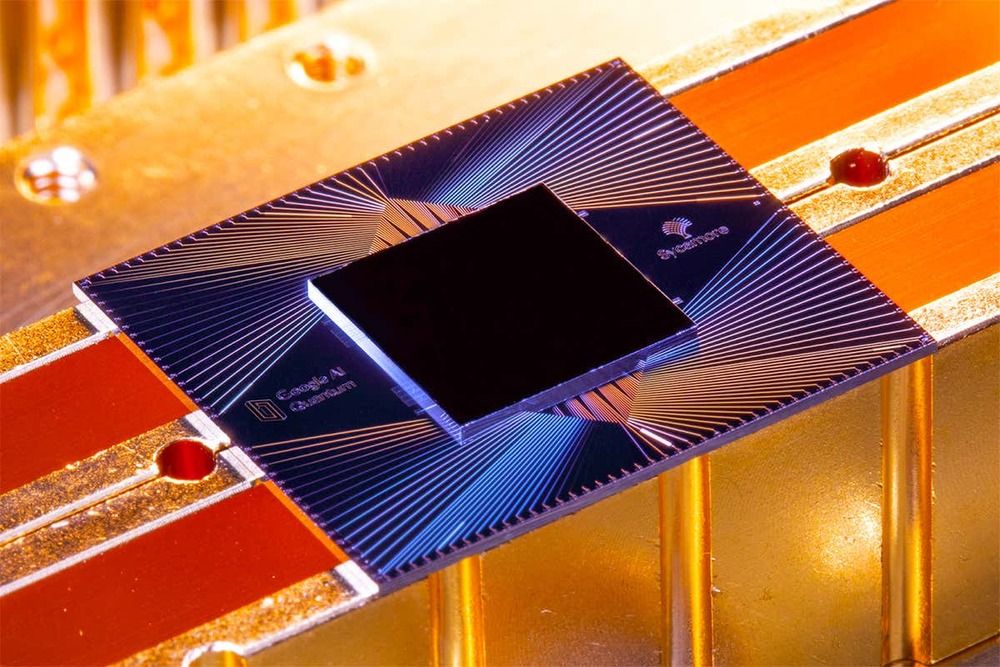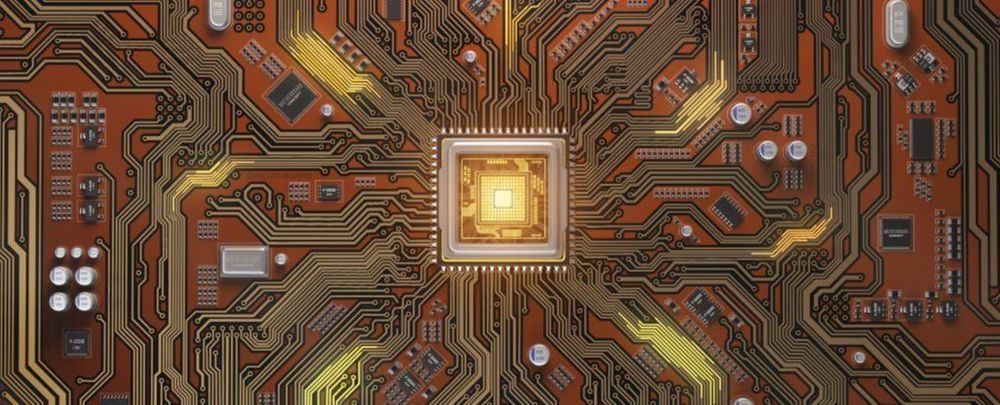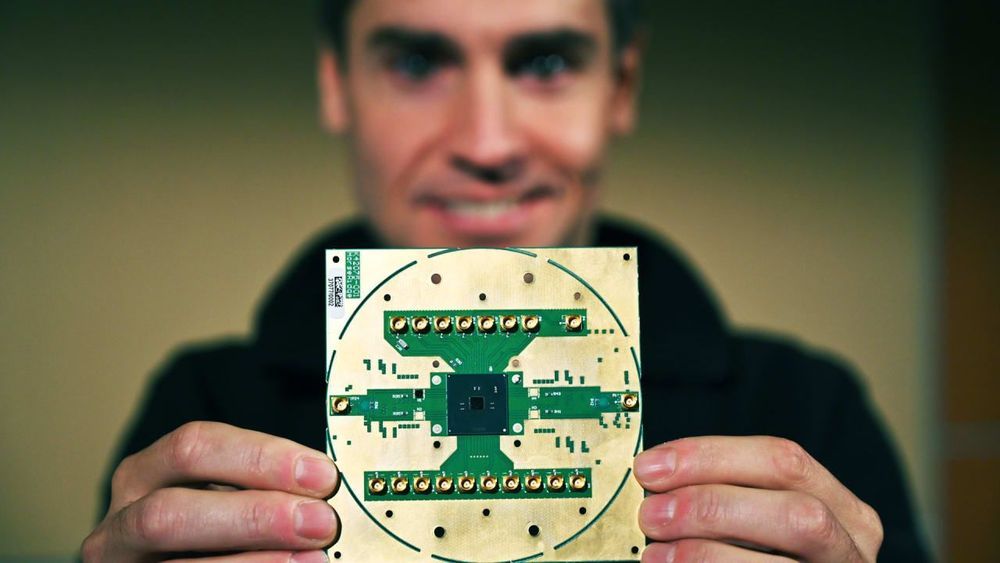Similarly, quantum computing started as a specialized field, only accessible to researchers and scientists. Today, millions of developers can access quantum processors via the cloud, bringing about a surge in early adoption and the identification of hundreds of early applications. We’re already seeing companies apply quantum computers in problems with potential real-world impact — everything from optimizing taxi routes to digital advertising.
A major catalyst for this momentum toward commercialization was the aforementioned emergence of cloud access to quantum computers at accessible price points. Now that the barriers to access have dramatically diminished, we’re seeing three key indicators emerge that signal quantum’s commercial viability: an increase in early adoption from category leaders, the emergence of entrepreneurial “quantum pioneers” and the rise of a supporting ecosystem in the form of independent software vendors (ISVs) and consulting firms.
